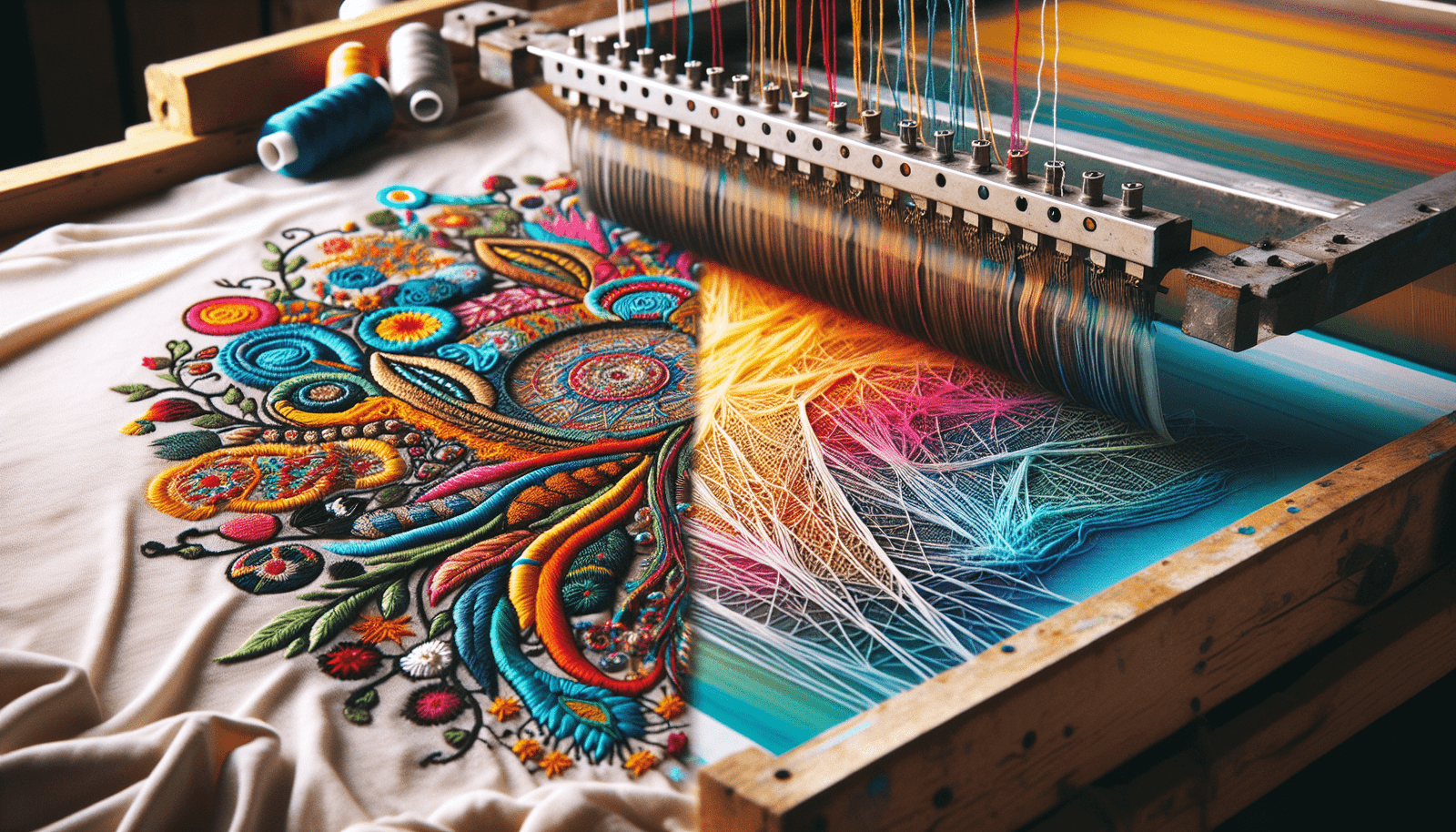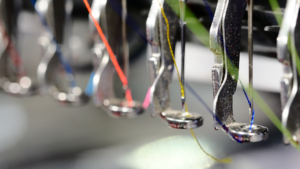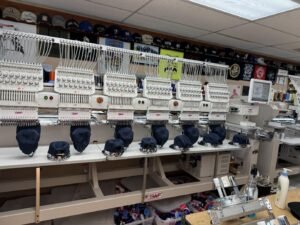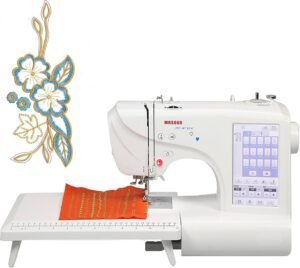Understanding The Differences Between Embroidery And Screen Printing
Have you ever wondered what sets embroidery apart from screen printing? When it comes to customizing apparel or promotional items, these two techniques are often pitted against each other. Both have their unique benefits and applications, making them suitable for different scenarios. Let’s break down the details to help you better understand which method might be the best for your needs.

This image is property of images.unsplash.com.
What is Embroidery?
Embroidery involves stitching designs onto fabric using thread. This method has been around for centuries, lending a classic, high-quality feel to the final product. You might associate embroidery with those elegant monograms on handkerchiefs or the intricate designs on traditional garments.
How is Embroidery Done?
embroidery starts with a design that is digitized using special software. This digitized file guides the embroidery machine on where to stitch and which colors to use. The fabric is then hooped and placed on the machine, which stitches the design onto the fabric based on the digitized file.
What Materials Can Be Used?
embroidery is versatile when it comes to fabric choices. Cotton, polyester, denim, and even leather can be embroidered. However, stretchy materials like spandex may not hold up well under the tight stitching.
Advantages of Embroidery
One of the biggest advantages of embroidery is its durability. The threads don’t easily fade or wear out, which means your design will keep looking sharp for years. Plus, embroidery gives a textured, 3D effect that feels premium and exclusive.
Disadvantages of Embroidery
Embroidery can be more expensive compared to screen printing, especially for large designs or higher stitch counts. It also might not be the best choice for intricate designs with a lot of detail, as small elements can become lost in the stitching.
What is Screen Printing?
Screen printing, also known as silk screening, is a method where ink is pushed through a stencil (or screen) onto fabric. This technique excels when you need vibrant, high-impact designs.
How is Screen Printing Done?
Screen printing involves creating a stencil on a mesh screen. Ink is then spread across the screen, using a squeegee to push it through the stencil openings and onto the fabric below. Each color in the design requires its own screen, making multi-colored designs somewhat labor-intensive.
What Materials Can Be Used?
Screen printing works best on flat, non-stretchy materials. Cotton and polyester blends are commonly used, though other fabrics can also be screen-printed with the right type of ink.
Advantages of Screen Printing
One of the primary advantages is its vibrancy. The ink used in screen printing is generally more vivid and can cover larger areas without losing quality. This method is cost-effective for bulk orders, making it an ideal choice for promotional items or uniforms.
Disadvantages of Screen Printing
Screen printing can start to crack and peel over time, making it less durable than embroidery in the long run. It’s also less economical for smaller orders or designs that require multiple colors, as each color involves a separate screen setup.
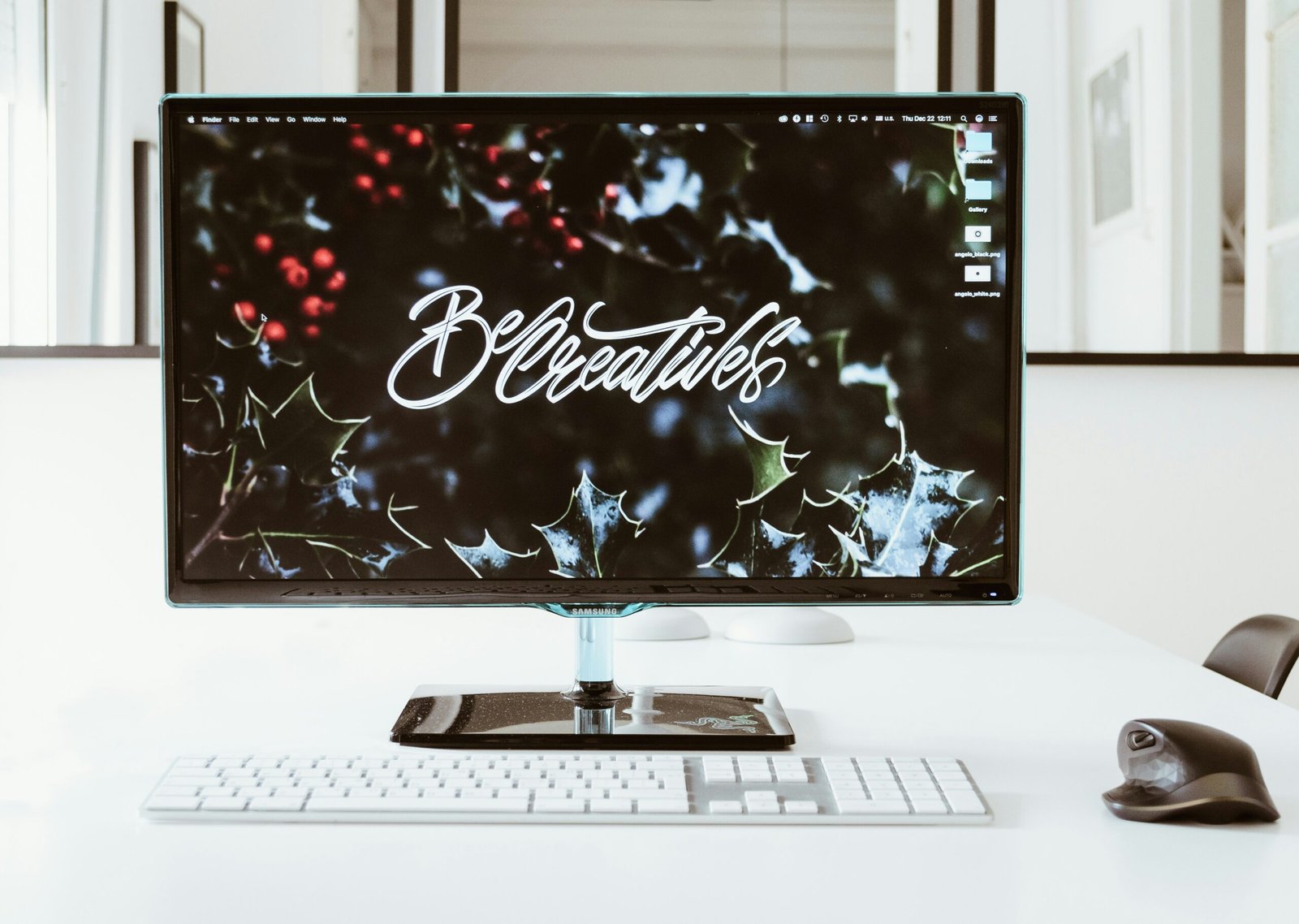
This image is property of images.unsplash.com.
Comparing Costs
Cost is often a deciding factor when choosing between embroidery and screen printing. Let’s break it down:
| Factor | Embroidery | Screen Printing |
|---|---|---|
| Setup Costs | Higher (due to digitizing) | Moderate (cost of screens) |
| Per Piece Cost | Higher for large designs, lower for text | Lower for bulk orders |
| Economies of Scale | Limited (high cost for each piece) | Significant savings at high volumes |
Design Considerations
Complexity and Detail
While both techniques can handle reasonably complex designs, they have their own strengths and weaknesses. Embroidery struggles with extremely fine details, whereas screen printing can replicate intricate patterns better, especially in multi-colored designs.
Color Accuracy
Screen printing generally offers better color accuracy. The inks are mixed before application, allowing for precise color matching. On the other hand, embroidery threads come in pre-dyed colors, limiting the range you can choose from.
Design Longevity
Embroidery wins hands down in terms of longevity. The threads are robust and resistant to fading, making embroidered designs ideal for uniforms or items that will see a lot of wear and tear. Screen printing inks may eventually peel or crack, especially after repeated washing.

This image is property of images.unsplash.com.
Application and Use Cases
Best Uses for Embroidery
- Corporate Apparel: Polo shirts, dress shirts, and jackets often feature embroidered logos for a polished look.
- Uniforms: Names and titles are commonly embroidered onto uniforms for durability and a professional appearance.
- Luxury Items: Towels, bathrobes, and other high-end items benefit from the elegant touch of embroidery.
Best Uses for Screen Printing
- T-Shirts: Bulk orders for events, promotions, or retail.
- Bags and Totes: Large areas can be covered with vibrant designs.
- Sportswear: Jerseys and team uniforms often use screen printing for bold, noticeable designs.
Environmental Impact
Embroidery
Embroidery generally has a lower environmental impact since it uses thread and needles, which produce minimal waste. However, the digitizing software and embroidery machines consume energy, adding to the carbon footprint.
Screen Printing
Screen printing can have a more significant environmental impact due to the inks and chemicals involved in the process. However, water-based and eco-friendly inks are becoming increasingly popular, helping to mitigate some of these effects.
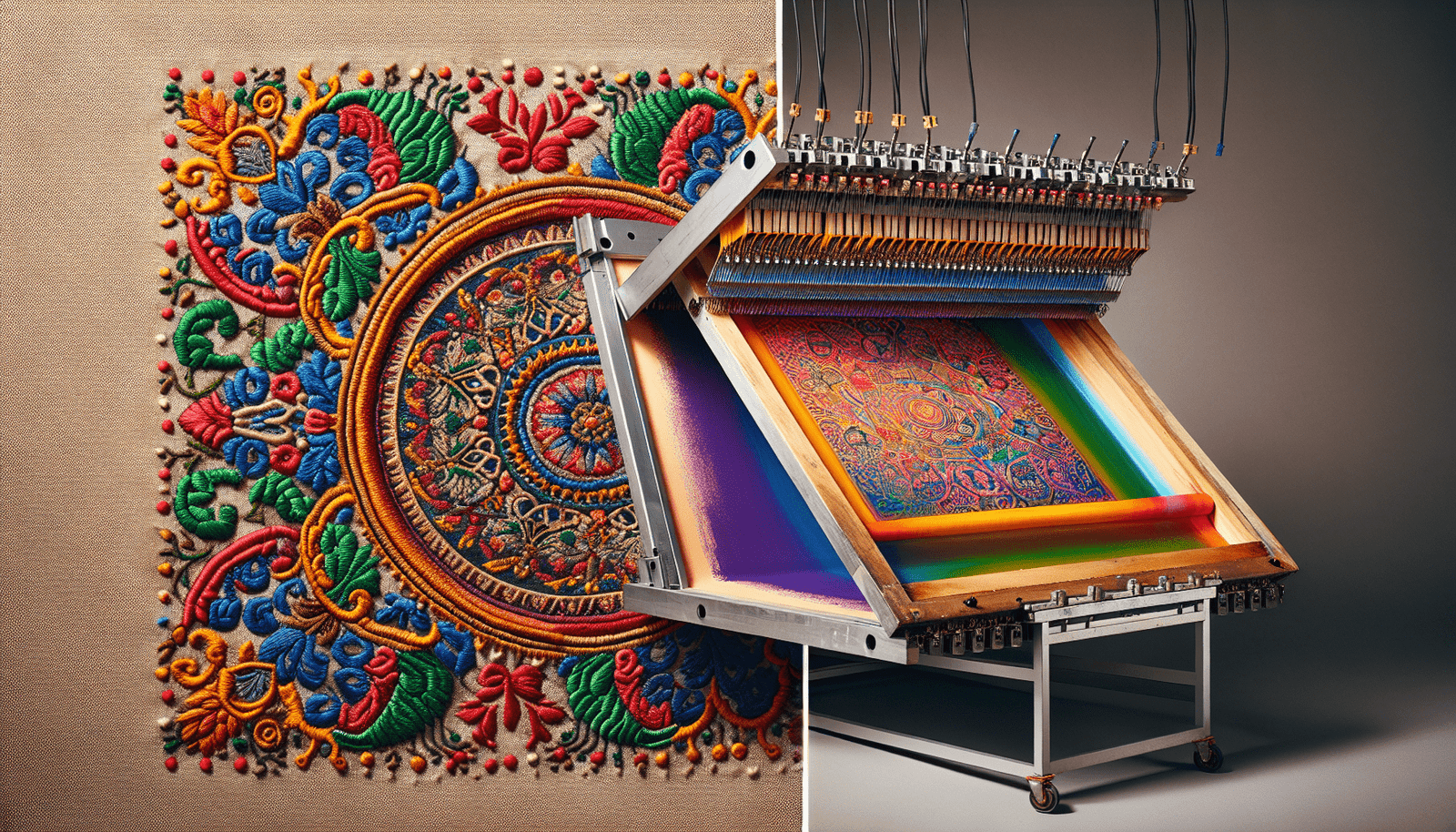
Ease of Customization
Embroidery
Customizing embroidery designs can be somewhat limited by the threads available and the complexity of the stitching process. However, the resulting product is often more durable and suitable for various fabric types.
Screen Printing
Screen printing offers more flexibility in terms of design customization, especially for intricate patterns and multiple colors. However, each new color and intricate detail adds to the time and cost of production.
Conclusion
Choosing between embroidery and screen printing ultimately depends on your specific needs. If durability and a premium feel are your priorities, embroidery might be the way to go. On the other hand, if you need vibrant colors and cost-effective solutions for bulk orders, screen printing could be your best bet.
Understanding the nuances of each method ensures that you select the right technique, resulting in a product that not only looks great but also stands the test of time. Whether you opt for the timeless feel of embroidery or the bold impact of screen printing, knowing the differences empowers you to make a more informed decision. So, what will it be for your next project: the classic elegance of embroidery or the dynamic flair of screen printing?
